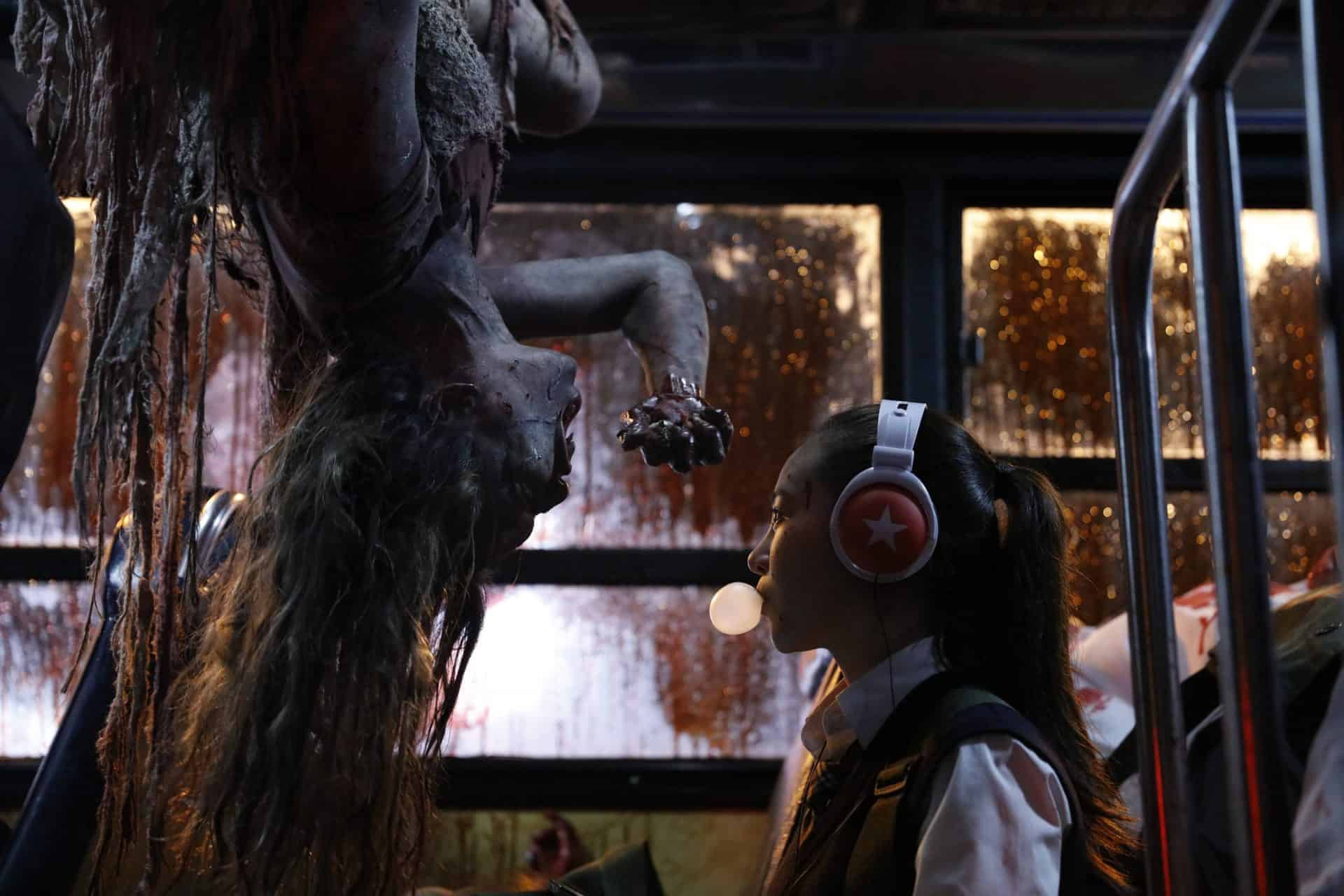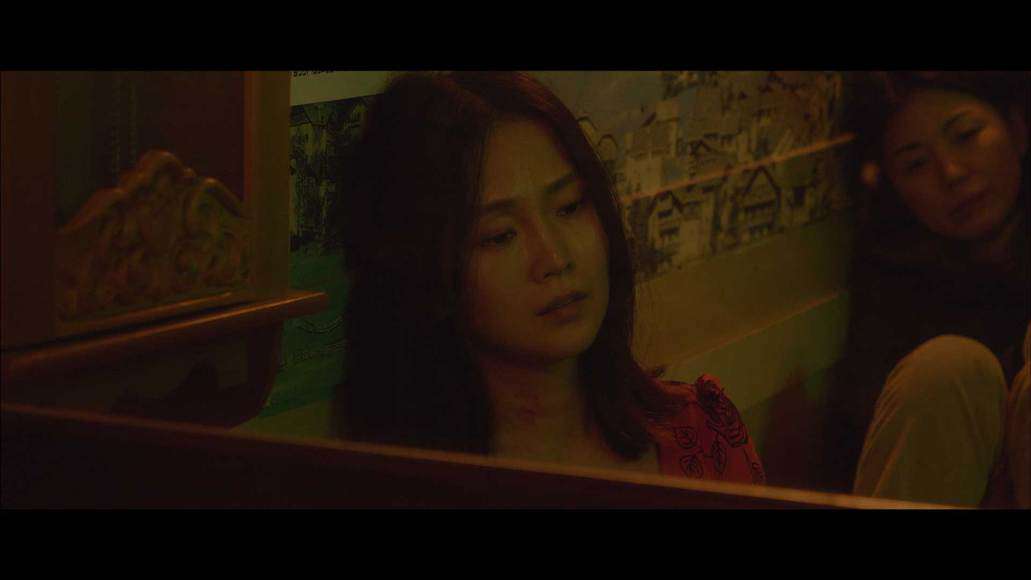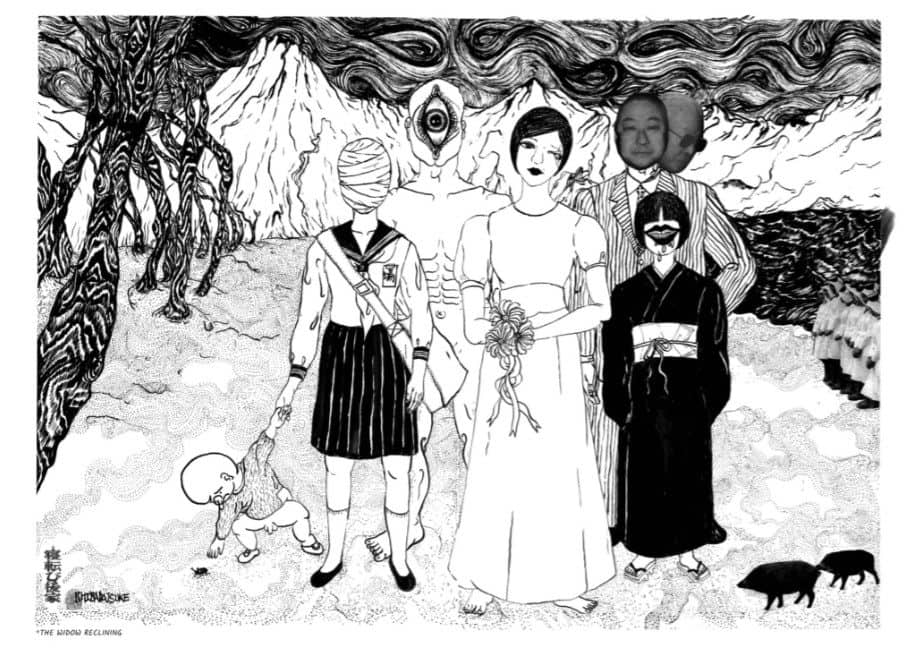Despite the fact that the CGI anime Netflix has been relentlessly recently cannot hold a candle to the traditional hand-drawn titles, there are some series that are still worth watching, with “Ultraman” being one of them. In the six-episode second season, the focus changes almost completely from Shinjiro, in an approach that definitely benefits the anime.

The story, however, does start from the young man, who is called once more to face an alien threat, a tree-like creature that is rampaging the city. This time, though, he cannot face the threat on his own, and soon Ultra Suit Seven arrives. The result is not fruitful at all despite his efforts too, since the battle ends with the entirety of the city disappearing, including Shinjiro, with just his suit remaining. One of the people remaining is Kotaro Higashi, the actual protagonist of the season, a journalist who decides to investigate what happens, and stumbles upon a group of aliens dressed as maids, who have a weapon that seems to be responsible for the disappearance of all these people. When they turn the weapon to Kotaro, though, something rather unusual happens with him transforming into a human torch-like creature, who begins rampaging through the area.
At that point, Ultraman Jack, essentially the second main protagonist, appears and tries to contain the creature, but in the end, the Ultraman administration has to put a suit on him in order to prevent him from exploding. At that point though, the actual alien enemy appears, the leader of a terrorist organization called Dark Star, giving an ultimatum: “Give us half of the Earth, or sacrifice half of its people… make your choice.” At the same time, the recently disappeared Rena and Shinjirou are teleported to the Dark Star ship orbiting the Earth, while a bit later, Kotaro gains his senses in Jack's apartment, and asks to help against the aliens. The showdown between the Ultramen and Dark Star is inevitable, but at the same time, that the initial aliens were actually forced into kidnapping Ultramen, also comes to the fore.
One of the main elements of Netflix anime, apart from the painful transition to CG animation, is the dumbing down of all titles, probably in an effort to appeal to younger ages also, with the PG 13 of Ultraman highlighting the fact in the most evident fashion. Furthermore, the rather evident loans from Marvel, with the human torch character, the Thanos ultimatum and the fact that Ultramen nowadays looks much like Iron Man, and the ones from Star Wars, particularly in one of the villains that moves much like Darth Maul, also move in the same, crowd-pleasing path.
At the same time though, both mad Kotaro and resolved and capable Jack are quite appealing protagonists, moving away from the teenagers that are the usual protagonists of anime, with their differences also working quite well here. The presence of the “maids” add an element of sensuality in the movie, while the leader of Dark Star and his henchmen make for excellent adversaries, also in a contextual level. Lastly, the rock/metal music fits the action scenes quite nicely.
Furthermore, the action is quite well presented, with particular Jack's MMA/Jiu Jitsu techniques being rather impressive any time they appear on screen, while the final and quite lengthy showdown is a wonder to look at, in probably the only aspect that reminds of the great titles I.G. Production has released in the past. As usual in CGI though, the characters look flat and unrealistic, with the same applying to their movement, particularly in the non-action scenes, where the lowered speed makes this issue much more visible.
Despite the CG and the lack of serious context, “Ultraman Season 2” actually emerges as a rather entertaining series, quite easy to watch, and with rather impressive action scenes.















